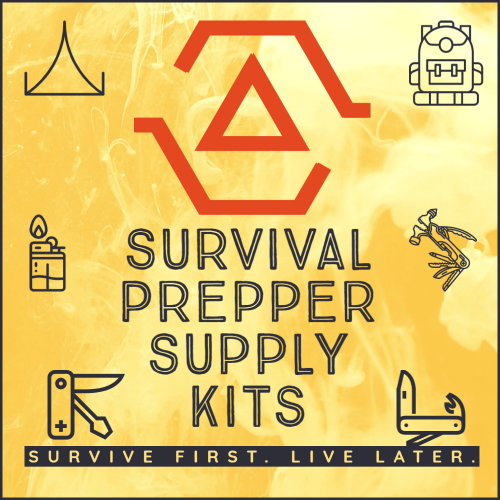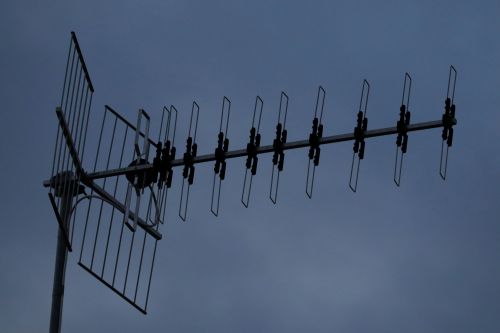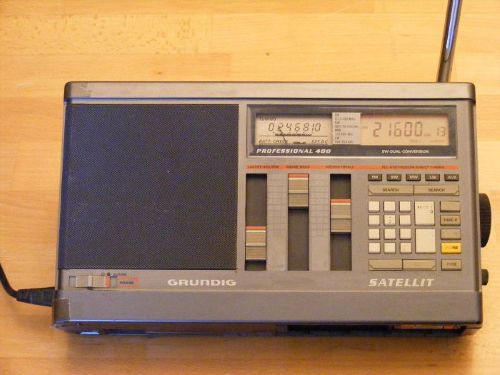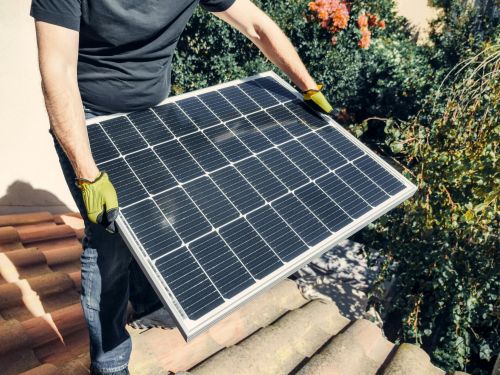Staying connected in a warzone without relying on vulnerable infrastructure like cell towers or the Internet requires secure, resilient, and difficult-to-intercept off-grid communication methods. As you can imagine, I will hate not having the internet. I have been an avid user of the ‘net since it came out in the mid-90s. I created my first website in 1999. Living in the country, I use the internet all the time.
Traditional communication systems are among the first to fail or be compromised in a conflict, leaving survivors, resistance groups, and displaced individuals searching for alternatives. The best methods depend on range, security, power requirements, and terrain, ensuring messages can be sent without drawing attention or putting users at risk.
Shortwave and ham radio provide the most reliable long-range off-grid communication. Unlike standard FM/AM or VHF/UHF radios, shortwave frequencies bounce off the ionosphere, enabling communication across hundreds or even thousands of miles without reliance on infrastructure.
Ham radio, particularly in the HF bands, allows for regional and global contact, making it a vital tool for receiving intelligence, coordinating movements, or reaching allied forces.
Single sideband (SSB) mode reduces power consumption and enhances voice clarity over long distances. However, transmissions can be intercepted, so changing frequencies, using coded messages, and limiting transmission duration minimizes risk.
For short-range encrypted communication, mesh networks using small radio transceivers, modified Wi-Fi routers, or LoRa (Long Range) devices create decentralized, peer-to-peer networks that function without cell towers or internet access. LoRa (Long Range) radios, operating in ISM bands like 915MHz or 433MHz, allow encrypted text messaging across several kilometers, even in dense urban areas.
These systems are complex to track and can be configured to relay messages between nodes, forming a robust, low-power network for covert operations or resistance groups.
Two-way radios, such as UHF/VHF handheld transceivers (walkie-talkies), CB radios, or GMRS/FRS radios, are effective for localized, short-range communication in war zones. They work well for tactical teams, small groups, or neighborhood defense forces, but are easily intercepted unless encryption, frequency hopping, or prearranged coded messages are used.

Simple strategies like low-power transmission (whisper mode), directional antennas, and limiting broadcast time reduce detection risks. Switching to Morse code (CW mode) or using burst transmissions minimizes exposure if standard radio waves are being jammed. Signal mirrors and light-based communication methods, such as heliographs or flashlight signaling, provide silent, long-distance visual signaling without electronic emissions.
Flashing signals using Morse code or prearranged patterns can send messages over miles in mountainous or open terrain. Infrared LED lights combined with night vision enable communication invisible to the naked eye, allowing covert signaling at night. Chemical light sticks with shutter covers or colored filters can mark locations or securely relay silent messages.
For ultra-covert communication, dead drops and hidden physical markers allow messages to be left in designated locations for later retrieval. Burying waterproof containers, hiding messages inside walls, or using magnetic drops attached to vehicles prevents real-time detection.
Graffiti, arranged objects, or coded symbols drawn in dirt, on fences, or in abandoned buildings can signal specific instructions without using electronics. This method is slow but nearly impossible to intercept unless the enemy already knows the system.
Field phones and wired communication lines using old landlines or improvised cable networks offer secure point-to-point communication in a localized area.
Unlike radio signals, wired communication cannot be intercepted remotely, making it valuable for underground networks or defensive positions. Military-style TA-312 or TA-1 field telephones, connected through simple wire networks, provide reliable, power-efficient communication that can operate without external infrastructure.
Trained messenger couriers remain among the oldest and most secure forms of off-grid communication. A trusted individual carrying a memorized message, written note, or encrypted drive avoids electronic surveillance and jamming.
Using multiple couriers on different routes, false messages, or hidden compartments within clothing or vehicles reduces interception risks. In extreme conditions, trained animals such as pigeons can be used for message delivery, bypassing electronic warfare threats.
Sound-based signaling using whistles, drum beats, coded knocks, or prearranged sounds like bird calls allows teams to communicate discreetly. This method is effective in dense urban environments, forests, or tunnels, where radio signals struggle to penetrate. Tapping on pipes or knocking patterns can relay messages across buildings or underground locations, useful for covert operations or besieged areas.
When operating in a warzone, avoiding detection is as important as sending the message. Radio transmissions should be brief, spread across multiple frequencies, and performed from different locations to prevent triangulation.
Using low-power settings and directional antennas minimizes exposure. If digital methods are used, encryption should be standard, and any devices with identifying information should be wiped to prevent compromise.
The best off-grid communication method depends on the situation. Shortwave and ham radio are best for long-range coordination, mesh networks for localized encrypted texting, two-way radios for tactical communication, and dead drops or couriers for absolute security.
Combining multiple methods ensures resilience against jamming, surveillance, and interception. In a warzone, those who can communicate without being detected have the best chance of survival and coordination.



